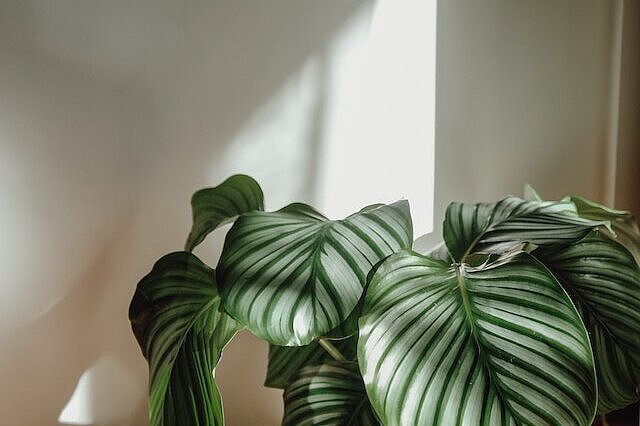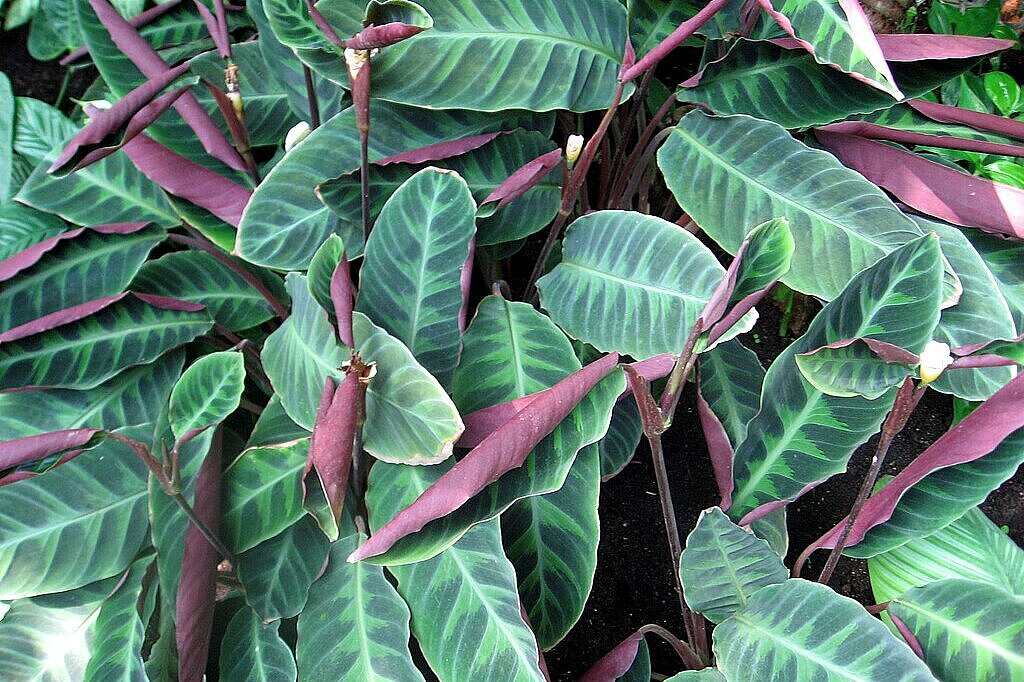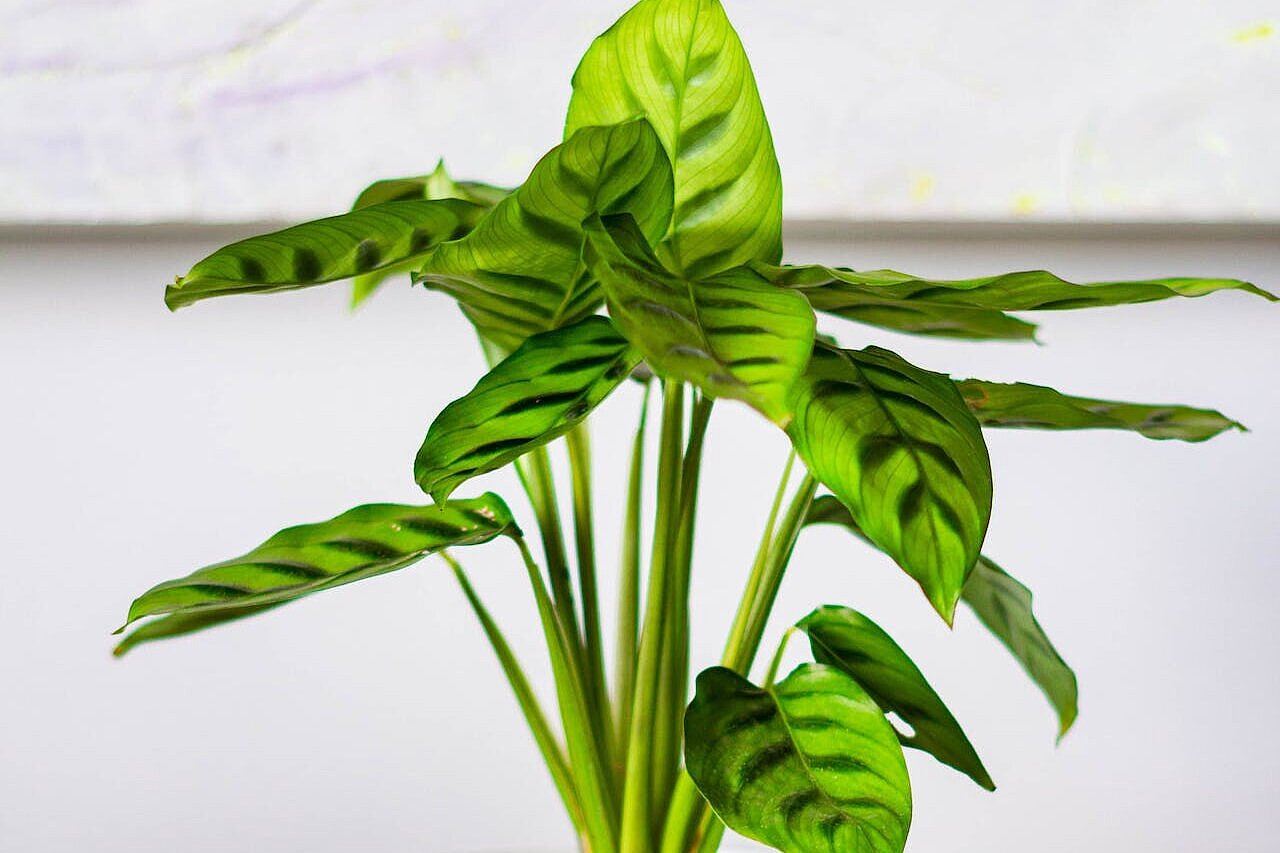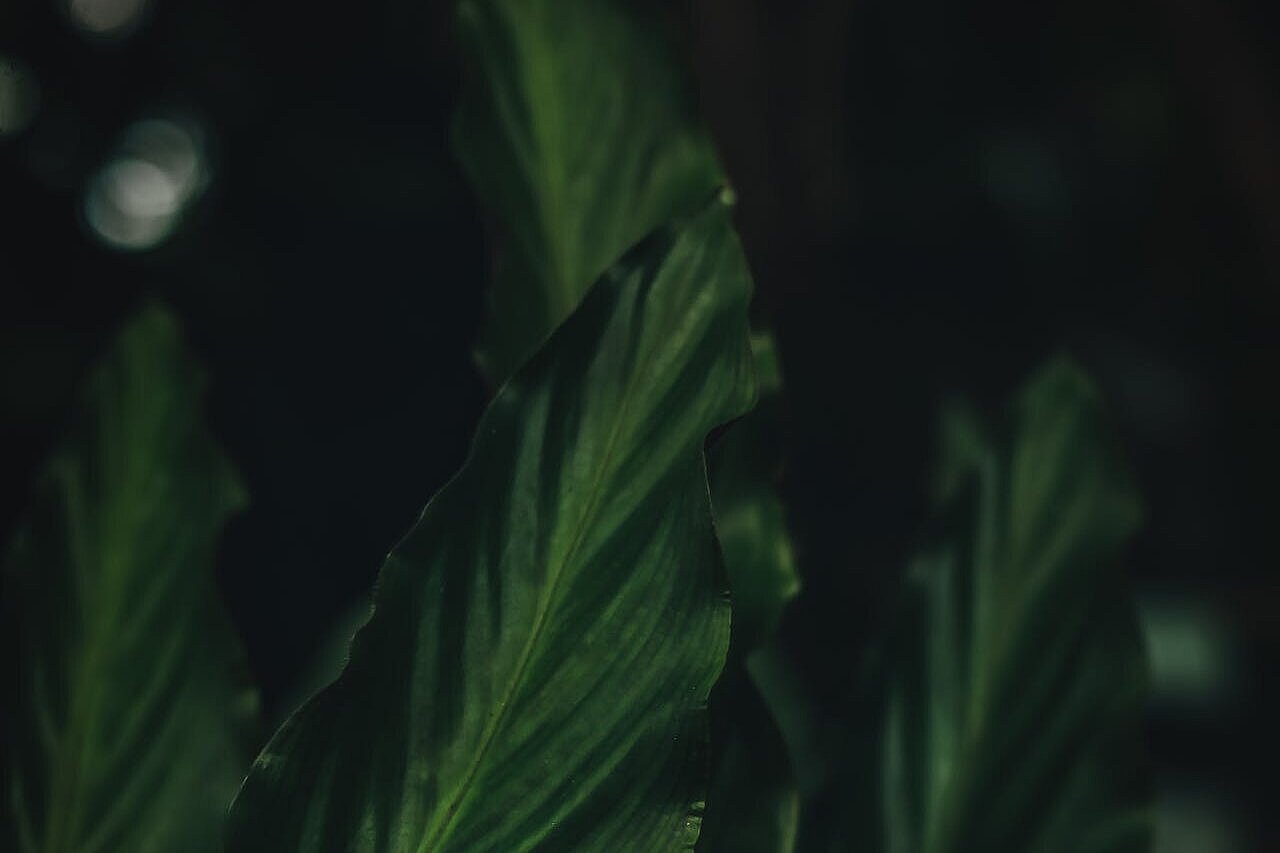Calathea roseopicta

Location and care
Calathea roseopicta is a demanding houseplant that needs plenty of moisture, warmth and light. It should be placed in a bright, but not directly sunny spot, otherwise the leaves may burn. The temperature should be between 23 and 25 degrees Celsius and should not fall below 18 degrees Celsius, even in winter. The humidity should be high, so a bathroom, kitchen or conservatory are suitable locations. To increase the humidity, the plant can be sprayed regularly or placed on a bowl of moist gravel.
The soil should always be moist, but not wet. It is advisable to use a peat-based or acidic potting soil that is well-drained and rich in nutrients. A drainage layer of expanded clay can prevent waterlogging. Calathea roseopicta should be fertilized every two weeks with a special fertilizer for houseplants, preferably during the growth phase from spring to autumn. The plant should be repotted in a larger pot every two to three years.
Propagation and pruning
Calathea roseopicta can be propagated by division. To do this, carefully remove the plant from the pot and cut the root ball into several parts with a sharp knife. Each part should have at least one leaf and some roots. The parts are then planted in new pots with fresh soil and watered well.
The plant does not need to be pruned, except to remove dead or damaged leaves. Care should be taken not to damage the midrib of the leaves, as this ensures the plant's water and nutrient supply.
Toxicity for dogs
Calathea roseopicta is unfortunately a poisonous plant for dogs. It contains saponins, which can cause irritation of the mouth, stomach and intestines if swallowed. Symptoms of poisoning include vomiting, diarrhea, salivation, loss of appetite and lethargy. In severe cases, convulsions or shortness of breath may also occur.
Calathea roseopicta is a beautiful houseplant with striking leaves that requires a lot of care. It needs plenty of moisture, warmth and light to stay healthy. It can be propagated by division and rarely needs pruning. Unfortunately, it is poisonous to dogs and can cause serious symptoms if ingested. You should therefore only keep it if you can ensure that no dog can get to it.
Properties 2
Are you looking for other ingredients with a specific property?
Just click on them to find more.
If you notice any signs of hypersensitivity or poisoning in your dog, you should see your vet immediately. We are not a substitute for a vet, but we try to be as accurate as possible. Every dog reacts differently and we recommend you get a second opinion or consult your vet if in doubt.
Stay healthy and take good care of your four-legged friend!😊
Similar to Calathea roseopicta
Calathea Orbifolia is a species of the genus Calathea, which belongs to the arrowroot family (Marantaceae)1. It originates from the tropical forests of South America and has striking, round to oval...
Calathea warscewiczii likes a bright, but not too sunny spot. Direct sunlight can burn or bleach its leaves. You should therefore choose a location that provides indirect or filtered light, for...
Calathea zebrina is an evergreen perennial that grows from rhizomes and reaches a height of up to one meter. The leaves sit on long, fleshy stems and are oblong-oval in shape. They can grow to over...
Calathea crocata likes light, but not direct sunlight. It feels most at home in a sunny to semi-shady location, for example in a warm conservatory or on an east or west-facing window. The hot midday...



